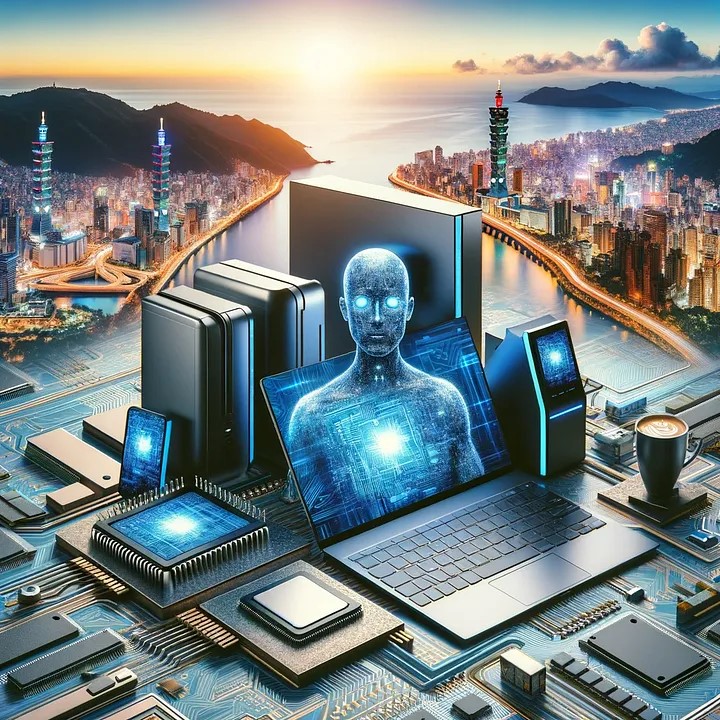It is refreshing to see some realistic comments from AMD CFO Jean Hu about the prospects for the AI PC. Speaking at the Barclay Technology Conference, Hu pointed out that although the PC market has stabilized, she does not see serious growth until 2025.
Compare and contrast Hu’s prediction with some of the forecasts for the generative AI market that were highlighted in a recent blog post published by Qualcomm. Sure, these forecasts cover the overall generative AI market rather than the specific AI PC segment, but the numbers are so huge that you have to wonder what kind of Kool-Aid the analysts (or the algorithms) were drinking while writing the reports.
For starters, Statista Market Insights projects the size of the generative AI market at $44.89 billion in 2023 increasing to $207 billion in 2030 with a CAGR of over 24.4% during this period.
Bloomberg Intelligence went much higher than Statista, predicting a CAGR of 42%, from $40 billion in 2022 to $1.3 trillion over the next ten years. It also provides a useful breakdown of key software and hardware revenue drivers, including: “AI servers ($132 billion), AI storage ($93 billion), computer vision AI products ($61 billion) and conversational AI devices ($108 billion).”
McKinsey & Company adopted a different approach by analysing 63 generative AI use cases for solving specific problems across 16 business functions and concluded that generative AI could add $2.6 trillion to $4.4 trillion in economic benefits annually. Not satisfied with those numbers, McKinsey went on to calculate the total economic benefit of generative AI at an astounding $6.1 trillion to $7.9 trillion a year.
While there are many reasons to be optimistic about the potential of generative AI, Jean Hu’s note of caution serves as a useful reminder against getting too caught up in the gold rush euphoria. As the AI landscape continues to evolve, it will be essential to maintain a balanced viewpoint, recognizing both the potential for revolutionary change and the reality of incremental progress in specific sectors.
Long time technology industry fan here in Taiwan.



